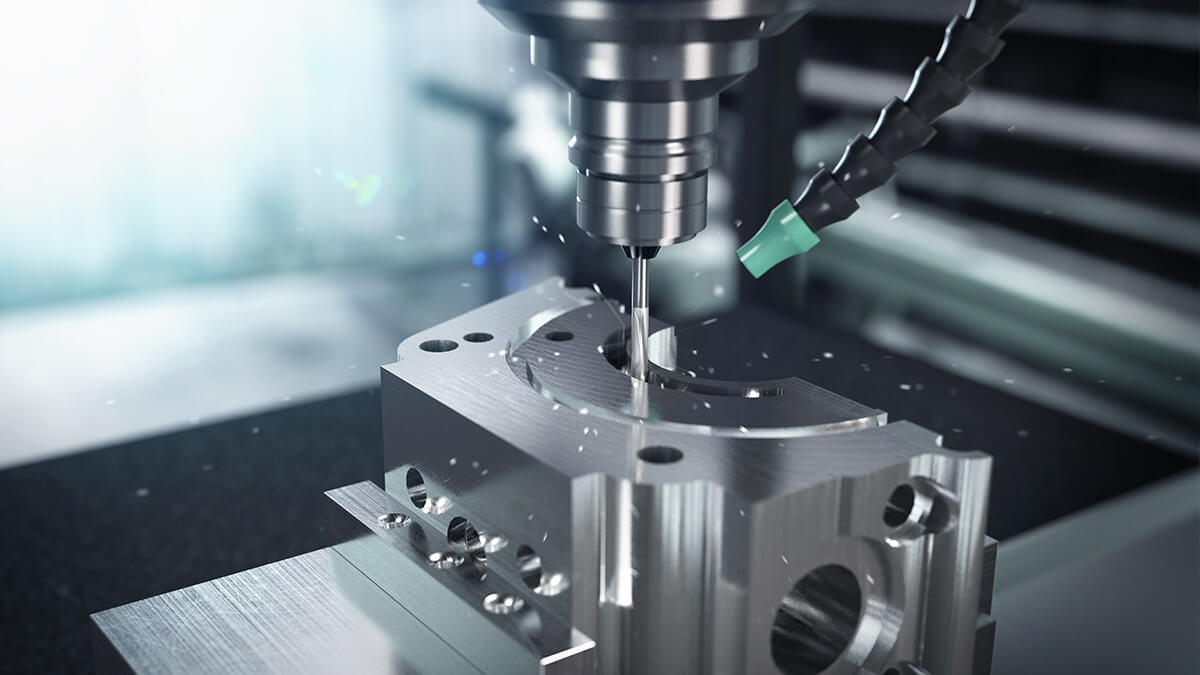A Bridgeport mill is a standard manual knee-type vertical milling machine. The reason that many people refer to a manual mill simply as a “Bridgeport” is that it’s one of the most famous brand names that’s found in most machine shops.
The Background of Bridgeport Milling Machine
Bridgeport Milling Machine is a machine type, also is a brand name. The original corporation was founded in Bridgeport, Connecticut, and started selling its machines in 1938. It became famous in the following decades for small- and medium-sized vertical milling machines, with an iconic form of quill-equipped multiple-speed vertical milling head with a ram-on-turret mounting over a knee-and-column base.
The American Precision Museum's biography of Rudolph Bannow reports that he conceived the iconic design in 1936 as the logical machine on which to mount the milling head already being built by the Bridgeport Pattern and Model Works.
The company’s manual milling machines have been so successful that the term "Bridgeport" is often used to refer to any vertical milling machine of the same configuration, regardless of make. Many other companies have cloned the form. Today the Bridgeport brand still produces this configuration in both manual and computer numeric control (CNC) versions, although tool-changer-equipped machining centers are now equally prominent members of the product line.
They pretty much set the standard for the style and shape of the mills made today. Many of the import milling machines are almost exact copies of the Bridgeport and even have some interchangeable parts!
What Is Bridgeport Milling Machine?
Bridgeport Milling Machine Series I Standard Mill is the machine that really changed the way that modern mills were made. A lot of people call it the “original multipurpose mill”. It had features that combined the rigidity of a milling machine with the versatility of a drill press and allowed for more operations to be performed than anything else available at the time. What was the true game-changer, though, was the ram and turret design.
Bridgeport Milling Machine Parts
- The Ram
The ram could be unclamped and extended or withdrawn on the Y-axis. This meant that there was a significantly more possible range in the machining envelope. You could bolt parts off the edge of the table and drill bolt circles and mill keyseats, meaning that it could accommodate larger parts.
Machinists could also handle much wider plates that a machine of this size could previously allow.
- The Turret
The turret could be unclamped and reoriented at different angles. This meant that features could be milled at nearly any angle with the part still clamped firmly on the mill table.
Previously, machinists had to reposition the part, which would be considerably more time-consuming. These developments in the design of milling machines meant that jobs could be done way more efficiently.
What accessories with the vertical milling machine?
Basic options range from:
- Powered Table Feed on X, Y, or Z-axis
This allows for auto-feed as well as having rapids to quickly bring the table back to the home position.
- Powered Draw Bar
Uses air to turn the drawbar allowing for the user to change the collets out quickly and easily.
- DRO or Digital Readout
This is a great way to easily see the X, Y, and Z-axis readings without having to look at the handles. They often have calculators built-in for Milling Machine Calculations.
- Vise, Collets, End-mills, and other work holding tools.
Bridgeport Today:
In 2002, Hardinge bought out Bridgeport and continued producing the Series I machine.
Bridgeport had long been struggling to remain financially viable. A lot of the problems had to do with management issues and a lack of improvement in production efficiency.
When Hardinge took over, they maintained 75% of the production capacity with a facility that is only 10% of the size of the previous production line. Production times have been reduced on average between 50 and 80%.
This was a major victory for Lean manufacturing, showing that American production can compete with low-cost overseas facilities through strategically improving production processes.
Since then, it seems that the Bridgeport legacy has been re-established and these historic machines won’t be going away any time soon.







.png)






